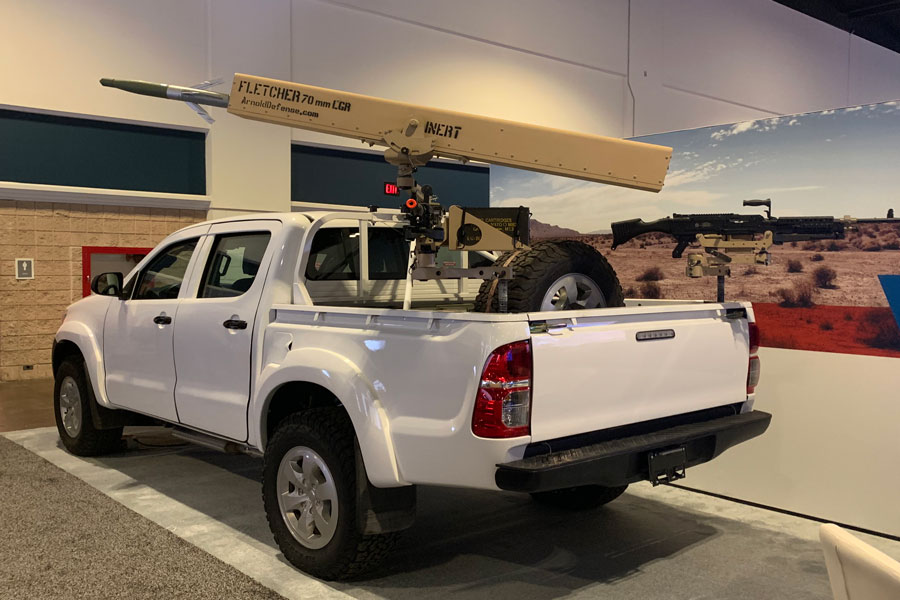- Reaction score
- 7,338
- Points
- 1,160
Jankel's Toyota Hilux variants used by the French and the Belgians. Also available in closed cab versions more compatible with Canadian weather.



 www.jankel.com
www.jankel.com
They also do a UNIMOG line of Light Tactical Transport Vehicles

 www.jankel.com
www.jankel.com



Jankel Fox Family of Light Tactical Vehicles - Jankel
From long-range patrol to rapid reaction; border control to surveillance, light tactical fleets offer affordable practicality, protection and mobility.
They also do a UNIMOG line of Light Tactical Transport Vehicles

Light Tactical Transport Vehicle (LTTV) - Jankel
Light Tactical Transport Vehicle Light Troop Transport Vehicle Light Tactical Transport Vehicle – Evolving light tactical vehicle modularity The Jankel LTTV delivers a multi-role platform which benefits from a removable









